"Forward or flexed head posture occurs frequently while using mobile devices and are implicated in neck pain, although the mechanisms are not well understood."
"We calculated gravitational demand in mobile device usage conditions and found that it
increased 3-5 times the gravitational demand in neutral posture."
 Anita Vasavada
Anita Vasavada,
PhD.
Associate Professor,
The Gene and Linda Voiland School of
Chemical Engineering and Bioengineering,
Washington State Uiversity.

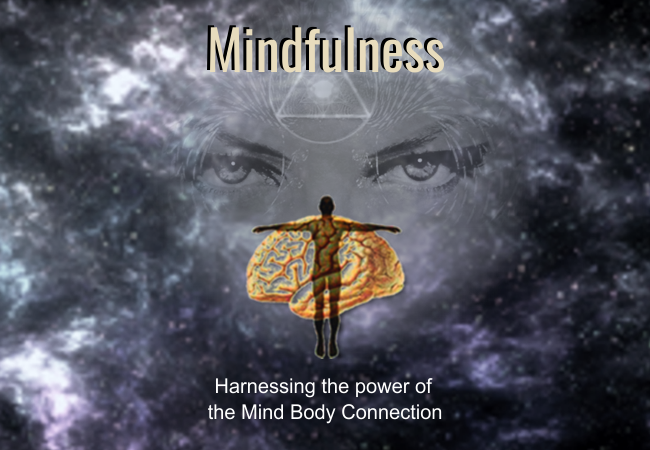
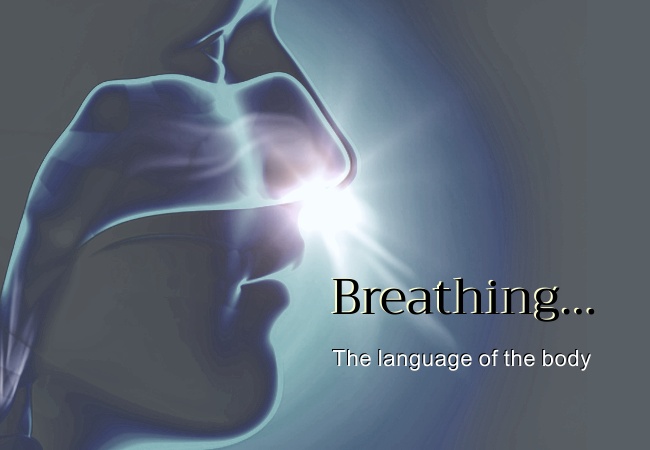
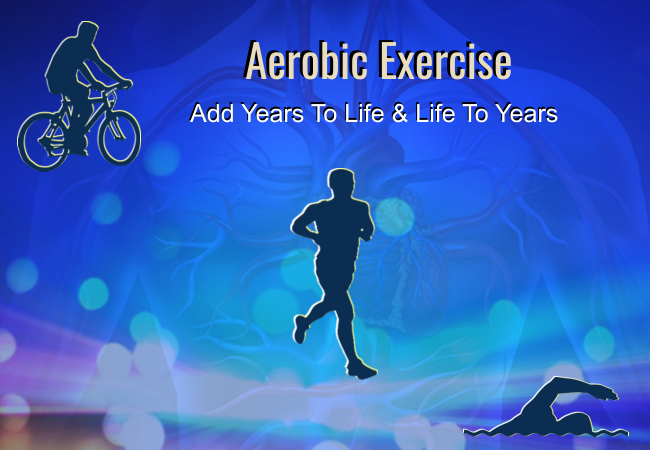


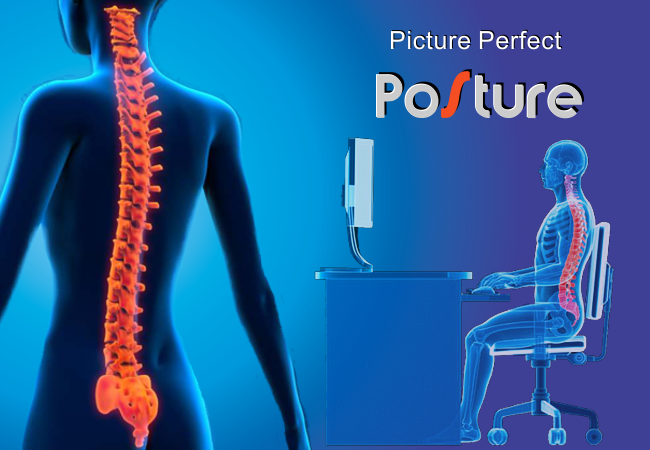

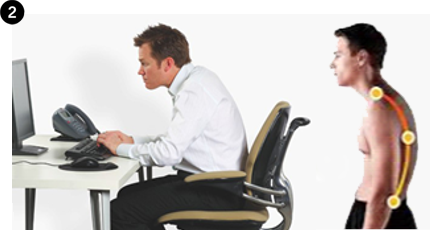


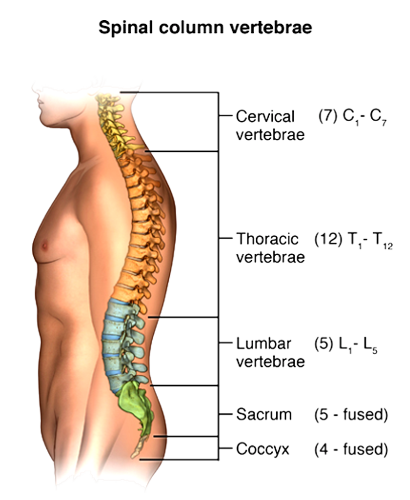

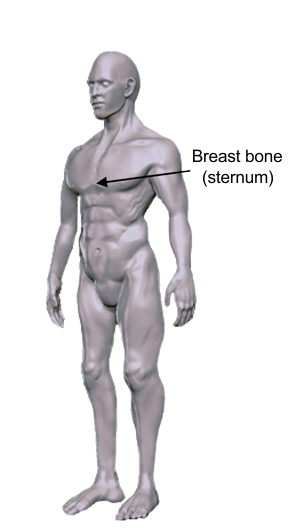
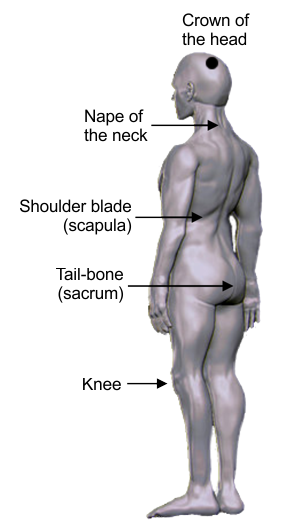

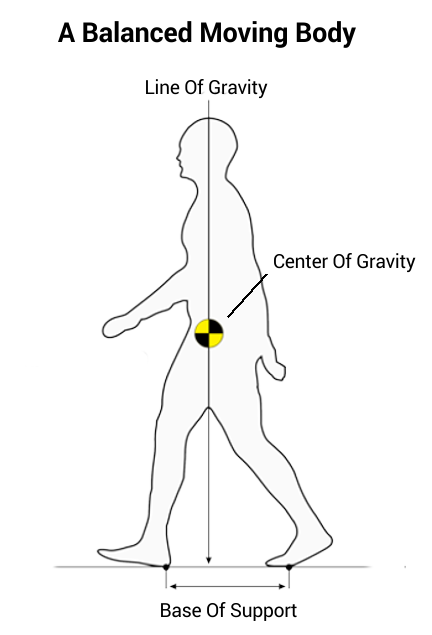 When your posture is properly aligned, your body weight will be correctly centered over your feet which form your base of support when you stand and move.
When your posture is properly aligned, your body weight will be correctly centered over your feet which form your base of support when you stand and move.